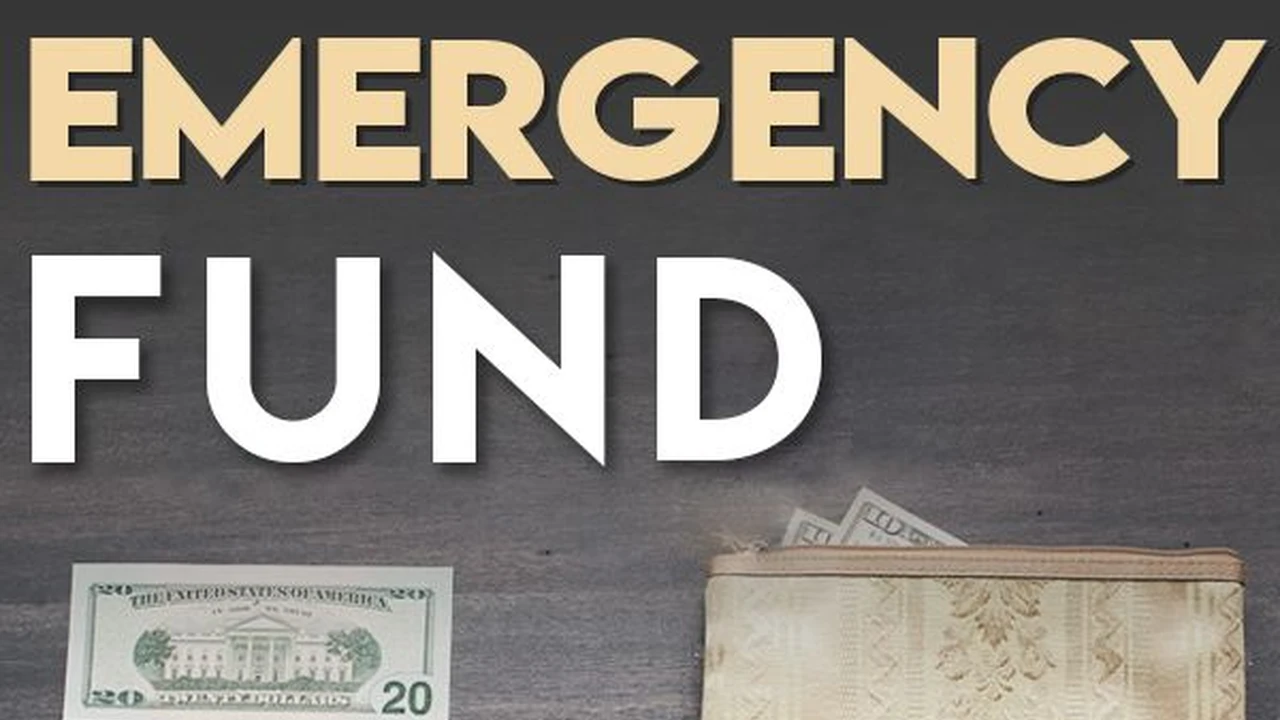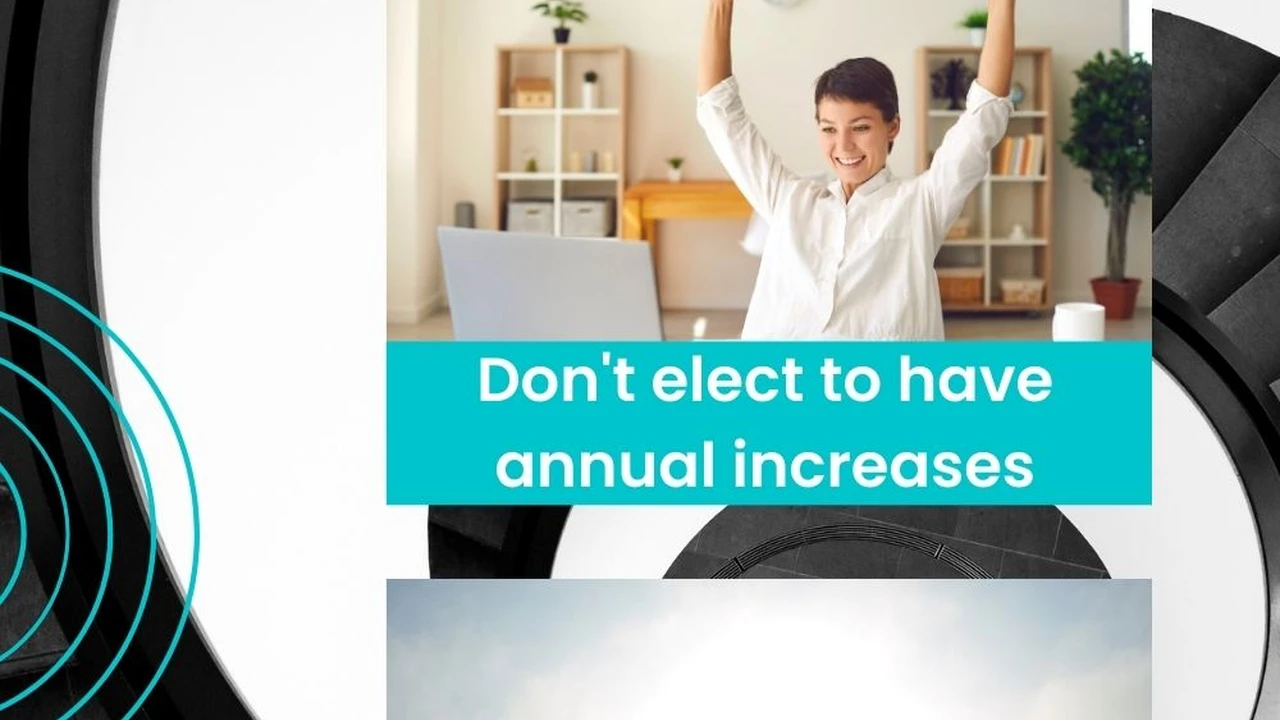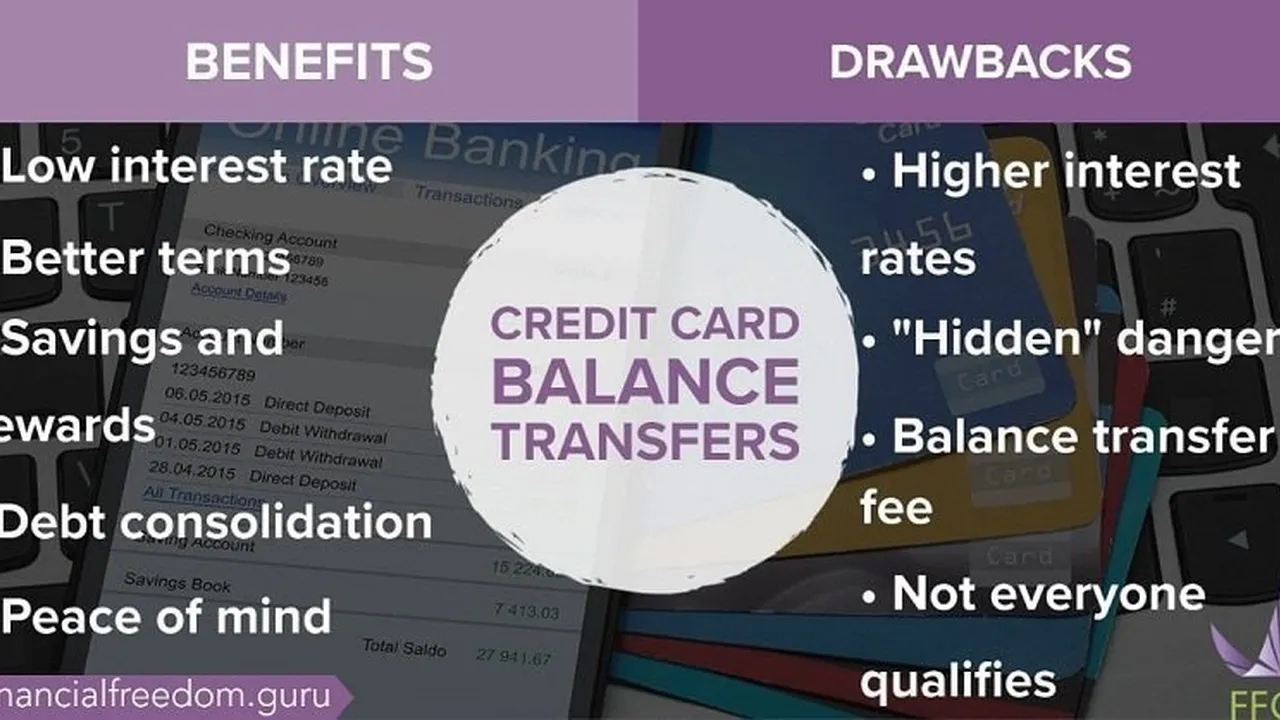7 Essential Tips for Building an Emergency Fund
Learn 7 crucial tips to successfully build and maintain a robust emergency fund for unexpected financial challenges.

Learn 7 crucial tips to successfully build and maintain a robust emergency fund for unexpected financial challenges.
7 Essential Tips for Building an Emergency Fund
Understanding the Importance of an Emergency Fund for Financial Security
Life is unpredictable, and unexpected expenses can pop up at any time. From sudden job loss to medical emergencies or car repairs, these unforeseen costs can quickly derail your financial stability if you're not prepared. That's where an emergency fund comes in. Think of it as your financial safety net, a dedicated pool of money specifically set aside to cover these unexpected events without forcing you into debt or compromising your long-term financial goals. Building a robust emergency fund is not just a good idea; it's a fundamental pillar of sound personal finance. It provides peace of mind, reduces financial stress, and gives you the flexibility to navigate life's curveballs with confidence. Without one, you might find yourself relying on high-interest credit cards, taking out loans, or even dipping into your retirement savings, all of which can have significant negative long-term consequences. So, let's dive into the essential tips to help you build and maintain this vital financial buffer.
Tip 1 Define Your Emergency Fund Goal How Much Do You Need
The first and most critical step in building an emergency fund is to determine how much money you actually need. There's no one-size-fits-all answer, as the ideal amount varies based on individual circumstances, lifestyle, and financial obligations. However, a widely accepted guideline is to aim for three to six months' worth of essential living expenses. Essential living expenses include things like housing (rent or mortgage), utilities, groceries, transportation, insurance premiums, and minimum debt payments. It does not typically include discretionary spending like dining out, entertainment, or luxury purchases.
To calculate your target, start by tracking your monthly expenses for a few months. Categorize them into 'essential' and 'non-essential.' Once you have a clear picture of your essential monthly outflow, multiply that by three, four, five, or six. For example, if your essential monthly expenses are $2,500, a three-month fund would be $7,500, and a six-month fund would be $15,000.
Factors to consider when deciding between three and six months (or even more):
- Job Security: If your job is stable and your industry is thriving, three months might suffice. If your job is less secure or your industry is volatile, aiming for six months or more is prudent.
- Dependents: If you have a family or dependents relying on your income, a larger fund provides more security.
- Health: If you or a family member has chronic health issues, a larger fund can help cover unexpected medical costs.
- Income Stability: If your income is irregular (e.g., freelance, commission-based), a larger fund is highly recommended.
- Other Debts: While an emergency fund is separate from debt repayment, having significant high-interest debt might influence your initial target.
Don't get overwhelmed if the total seems daunting. Start small, aim for a mini-emergency fund of $1,000 first, and then gradually work your way up to your full target. The key is to start somewhere.
Tip 2 Automate Your Savings Make It Effortless
One of the most effective strategies for building any savings goal, especially an emergency fund, is to automate your contributions. This removes the need for willpower and ensures consistent progress. When you automate, you're essentially paying yourself first, before you have a chance to spend the money elsewhere.
Here's how to set it up:
- Set up a recurring transfer: Most banks allow you to set up automatic transfers from your checking account to your savings account. Decide on a fixed amount you can comfortably contribute each payday (weekly, bi-weekly, or monthly).
- Choose the right timing: Schedule the transfer to occur immediately after your paycheck hits your checking account. This way, the money is moved before you even see it or have a chance to spend it.
- Treat it like a bill: Consider your emergency fund contribution as a non-negotiable bill, just like your rent or mortgage.
Even small, consistent contributions add up significantly over time. For example, saving $50 a week results in $2,600 in a year. Automating this process makes it a habit rather than a chore.
Tip 3 Cut Unnecessary Expenses Find Extra Cash
To accelerate your emergency fund growth, look for areas where you can cut back on non-essential spending. This doesn't mean living a life of deprivation, but rather making conscious choices about where your money goes. Every dollar saved from unnecessary expenses can be redirected to your emergency fund.
Consider these areas for potential savings:
- Subscriptions: Review all your monthly subscriptions (streaming services, gym memberships, apps). Are you using them all? Can you downgrade or cancel some?
- Dining Out/Takeout: This is often a significant expense. Try cooking more meals at home. Even reducing dining out by a few times a month can free up substantial cash.
- Entertainment: Look for free or low-cost entertainment options.
- Impulse Purchases: Implement a 24-hour rule for non-essential purchases. If you still want it after 24 hours, then consider buying it.
- Transportation: Can you walk, bike, or use public transport more often? Carpooling?
- Shopping Habits: Are you buying things you don't truly need? Practice mindful spending.
Use budgeting apps or spreadsheets to track your spending and identify your biggest money drains. Once identified, brainstorm ways to reduce those expenses and reallocate the savings to your emergency fund.
Tip 4 Boost Your Income Explore Side Hustles and More
While cutting expenses is crucial, increasing your income can supercharge your emergency fund building efforts. More money coming in means you can save more without feeling the pinch as much.
Consider these income-boosting strategies:
- Side Hustles: Explore opportunities to earn extra money outside your primary job. This could be freelancing, dog walking, tutoring, delivering food, selling crafts online, or driving for a ride-sharing service. Platforms like Upwork (for freelance work), Fiverr (for creative services), DoorDash or Uber Eats (for food delivery), and Etsy (for handmade goods) offer various ways to earn.
- Sell Unused Items: Declutter your home and sell items you no longer need or use. Websites like eBay, Facebook Marketplace, Craigslist, or local consignment shops are great for this.
- Ask for a Raise: If you've been performing well at your current job, consider negotiating a raise.
- Overtime: If available, picking up extra shifts or working overtime can significantly boost your income.
- Monetize a Hobby: Can you turn a hobby into a source of income?
Even a few hundred extra dollars a month from a side hustle can make a huge difference in how quickly you reach your emergency fund goal.
Tip 5 Choose the Right Account High Yield Savings Accounts
Where you keep your emergency fund matters. It needs to be easily accessible (liquid) but also separate from your everyday checking account to avoid accidental spending. A high-yield savings account (HYSA) is often the best choice.
Why a High-Yield Savings Account?
- Higher Interest Rates: Unlike traditional savings accounts that offer negligible interest, HYSAs offer significantly higher annual percentage yields (APYs). While not enough to make you rich, the interest earned helps your money grow, even if slowly, and offsets some inflation.
- Liquidity: Your money is readily available when you need it, typically within 1-3 business days for transfers.
- Separation: Keeping your emergency fund in a separate account, especially with a different institution, creates a psychological barrier against spending it on non-emergencies.
- FDIC Insured: Ensure the bank is FDIC-insured (for US banks) up to $250,000 per depositor, per bank, in case the bank fails.
Here are a few popular high-yield savings account providers to consider (note: interest rates are variable and subject to change):
- Ally Bank: Known for competitive rates, no monthly fees, and 24/7 customer service. They offer online-only banking, making it convenient for digital money management.
- Discover Bank: Offers competitive APY, no monthly fees, and 24/7 customer service. They also have a strong online presence and mobile app.
- Marcus by Goldman Sachs: Provides competitive rates, no fees, and a user-friendly online platform. Backed by a reputable financial institution.
- Capital One 360 Performance Savings: Good rates, no fees, and integrates well if you already bank with Capital One.
- Synchrony Bank: Often has very competitive rates, no monthly fees, and good online tools.
When comparing, look at the current APY, minimum balance requirements (many have none), monthly fees (aim for none), and ease of transferring funds. While the interest might seem small initially, it's better than earning almost nothing in a traditional savings account.
Tip 6 Prioritize Your Emergency Fund Over Other Goals Initially
When you're just starting out, it can be tempting to split your extra money between various financial goals like investing, debt repayment, or saving for a down payment. However, for foundational financial security, your emergency fund should take priority until it reaches a comfortable level (e.g., $1,000 or even your full 3-6 months).
Why prioritize it?
- Prevents Debt: Without an emergency fund, unexpected expenses will likely force you into debt, potentially undoing progress on other financial goals.
- Protects Investments: If you have investments, an emergency fund prevents you from having to sell them at an inopportune time (e.g., during a market downturn) to cover an emergency.
- Reduces Stress: Knowing you have a financial cushion significantly reduces stress and anxiety about the unknown.
Once you've built your initial emergency fund, you can then reallocate your extra savings towards other goals, such as aggressive debt repayment (especially high-interest debt) or investing for retirement. Some financial experts suggest building a small $1,000 emergency fund first, then tackling high-interest debt, and then fully funding the emergency fund. Find the strategy that works best for your situation, but always ensure you have at least a basic emergency buffer.
Tip 7 Replenish Your Fund After Use Maintain Its Strength
An emergency fund is meant to be used when a true emergency arises. However, the work doesn't stop once you dip into it. The final crucial tip is to replenish your fund as quickly as possible after you've used it.
Think of it like a first-aid kit: you use it when needed, but then you restock it so it's ready for the next emergency. If you used $2,000 from your fund for a car repair, make it your immediate financial priority to save that $2,000 back into the fund. This might mean temporarily pausing other savings goals or cutting back on discretionary spending again until your fund is back to its target level.
Regularly review your emergency fund balance, perhaps quarterly or annually, to ensure it still aligns with your current essential living expenses. Life changes, and your expenses might increase over time, requiring an adjustment to your emergency fund target. Maintaining a robust and fully funded emergency fund is an ongoing process, but one that provides invaluable financial security and peace of mind.
:max_bytes(150000):strip_icc()/277019-baked-pork-chops-with-cream-of-mushroom-soup-DDMFS-beauty-4x3-BG-7505-5762b731cf30447d9cbbbbbf387beafa.jpg)






